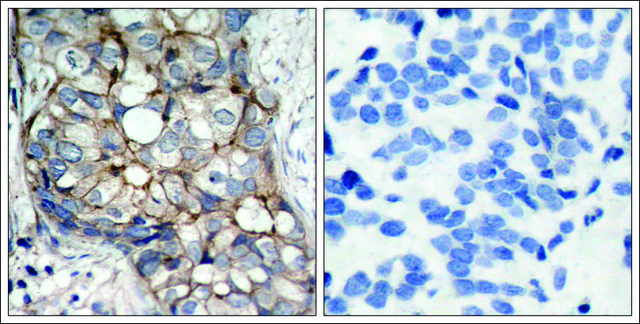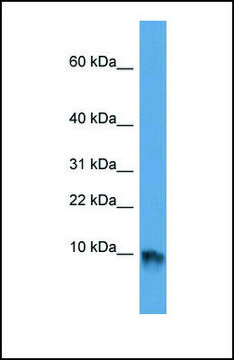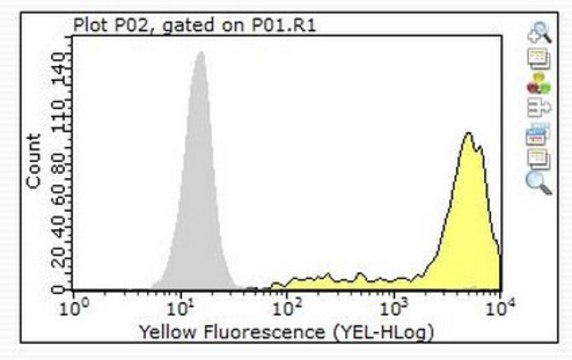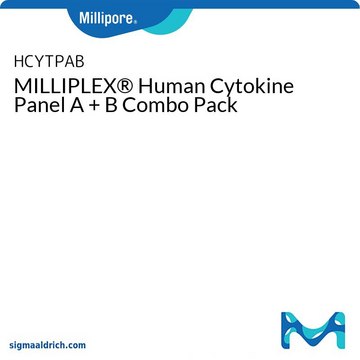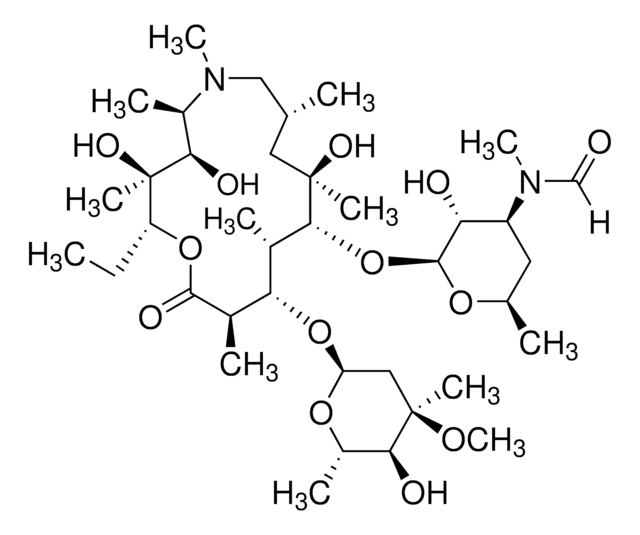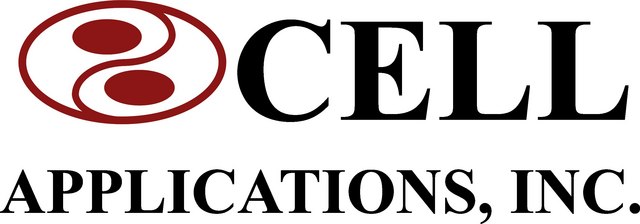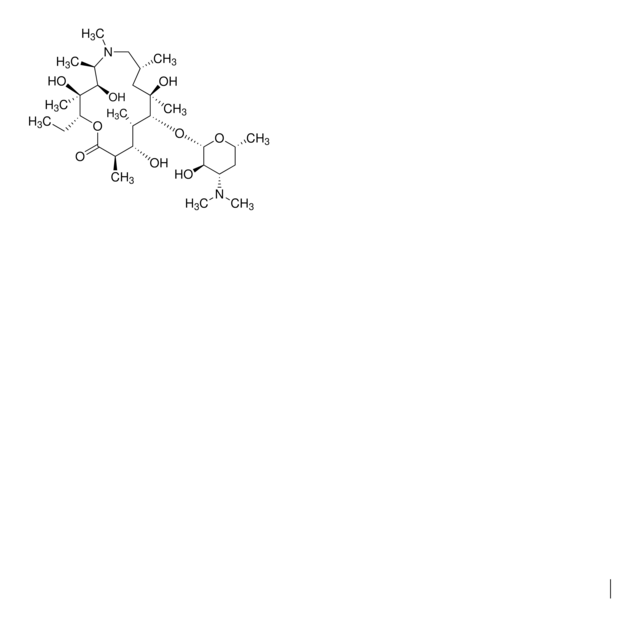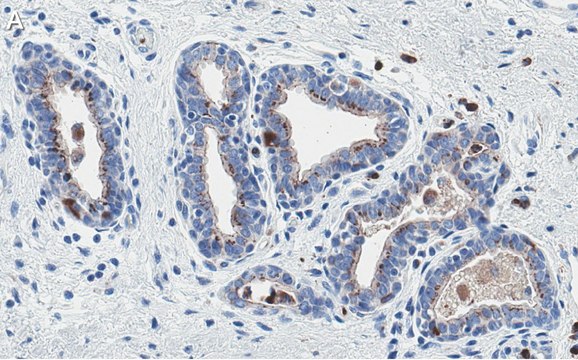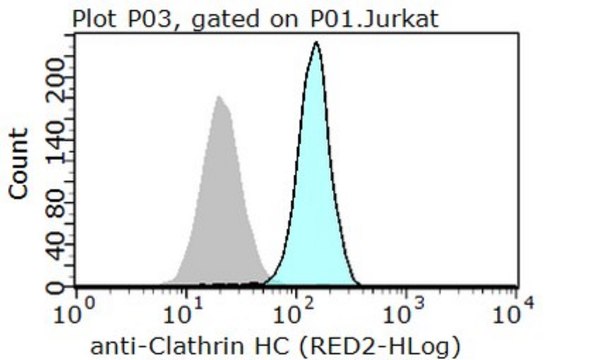PLA0101
Rabbit anti-EGFR Antibody, Affinity Purified
Powered by Bethyl Laboratories, Inc.
Synonym(s):
ERBB, ERBB1, HER1, NISBD2, PIG61, avian erythroblastic leukemia viral (v-erb-b) oncogene homolog, cell growth inhibiting protein 40, cell proliferation-inducing protein 61, epidermal growth factor receptor (avian erythroblastic leukemia viral (v-erb-b) oncogene homolog), erb-b2 receptor tyrosine kinase 1, erythroblastic leukemia viral (v-erb-b) oncogene homolog (avian), mENA, proto-oncogene c-ErbB-1, receptor tyrosine-protein kinase erbB-1
About This Item
Recommended Products
biological source
rabbit
Quality Level
antibody form
affinity purified immunoglobulin
antibody product type
primary antibodies
grade
Powered by Bethyl Laboratories, Inc.
species reactivity
mouse, human
technique(s)
immunohistochemistry: 1:500- 1:2,000
immunoprecipitation (IP): 2-10 μg/mg
western blot: 1:10,000-1:25,000
accession no.
P00533
UniProt accession no.
shipped in
wet ice
storage temp.
2-8°C
Gene Information
rabbit ... EGFR(1956)
General description
Immunogen
Biochem/physiol Actions
Physical form
Other Notes
Disclaimer
Not finding the right product?
Try our Product Selector Tool.
Storage Class Code
12 - Non Combustible Liquids
WGK
nwg
Flash Point(F)
Not applicable
Flash Point(C)
Not applicable
Regulatory Information
Choose from one of the most recent versions:
Certificates of Analysis (COA)
Don't see the Right Version?
If you require a particular version, you can look up a specific certificate by the Lot or Batch number.
Already Own This Product?
Find documentation for the products that you have recently purchased in the Document Library.
Our team of scientists has experience in all areas of research including Life Science, Material Science, Chemical Synthesis, Chromatography, Analytical and many others.
Contact Technical Service